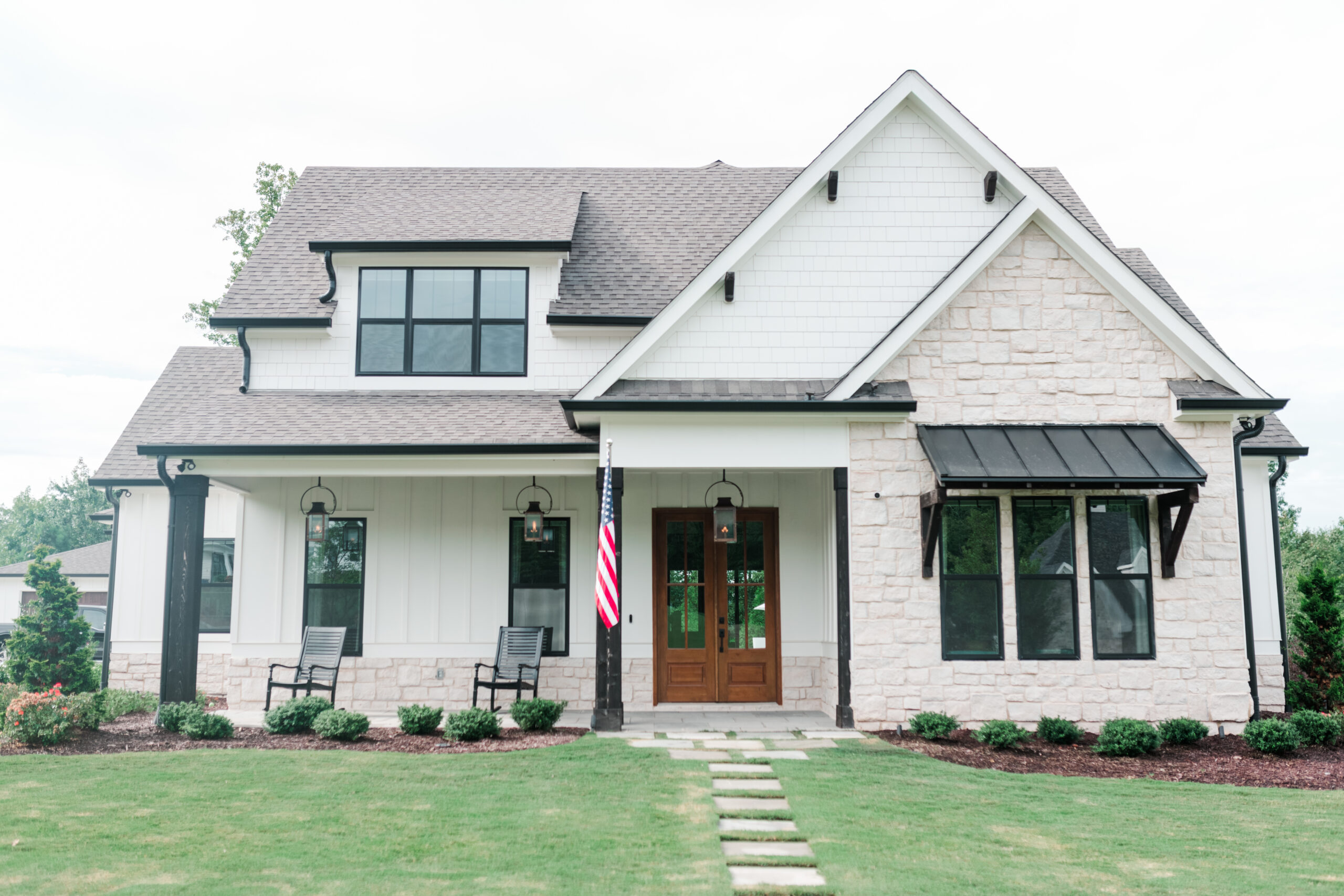Storage space. Something we never seem to have enough of, right? When you’ve met capacity in the usual places, you may find yourself pondering what can be safely stored in the crawl space beneath your house. Here are a few reasons why your crawl space in Georgia may not be the “land of unexploited storage” from the pest control experts at Nature’s Turf.
What Is a Crawl Space?
Crawl spaces are a thin, unfinished air gap between the ground and the bottom floor of a home. Where a basement is walking height and concrete encapsulated, a crawl space is only a few deep, dirt-floored, and vented to the outside.
They ultimately serve many purposes, buffering the structure of your home from the ground, and offering a convenient place for furnaces, air handlers, and routing for electricity, water, and sewage in places that can be easily inspected.
Crawl spaces aren’t without their shortcomings, however. Despite ventilation, they are typically damp, humid, and can encapsulate issues with plumbing and sewage for prolonged periods since people don’t inspect them often. They are also potential housing for rodents, insects, fungi, and other pests.
Why Can’t I Store Stuff In My Crawl Space?
Pests need three things: themselves, sustenance, and a harborage. The pests themselves seem ubiquitous. The animals and insects we don’t want in our houses exist in the areas around our house and don’t generally look to find their way in until conditions outside have become inhospitable. Houses on a crawl space offer some pests the housing and moisture they need, and storing certain items can give them the food they need as well.
Cardboard boxes, especially if they are full of paper or other porous materials, are a great source of food, moisture, and housing for pests like cockroaches, silverfish, and firebrats. The temperature and moisture content in a crawl space can also create mold and mildew issues on these materials, and cloth.
Lumber, wooden boxes, and wooden furniture are all big no-nos in a crawl space. Each one of these are constructed from cellulosic materials that present a food source for wood-destroying organisms, chiefly termites.
The warmth and humidity of a crawl space, coupled with a good snack are sure to attract termites, placing them within striking distance of the structure of your home. Some species of ants and beetles are also attracted to these cellulosic materials and should be avoided as well.
What Should You Do?
Ultimately, reducing clutter is a good idea for pest control anywhere in your home. While a crawl space is damp and maybe more easily accessed than other areas of your home, clutter in closets, attics, and storage rooms in your home will offer a haven for pests as well. If you find yourself in need of pest control beyond decluttering, Nature’s Turf offers programs designed to help get them out and keep them out.
For more information, give us a call at 770-461-4156, or email us at info@naturesturf.com. We’d love to set up a time for one of our pest control professionals to come out and help make your Georgia home the place you desire to be most.
Your Crawl Space & Pest Control: Important Takeaways
Crawl spaces are an air void created by blocks meant to isolate your home from the ground. Unlike a basement, they are unfinished and ventilated to the outside. They provide benefits like a convenient place for HVAC, electrical routing, and plumbing, but have some shortcomings like often being stagnant and damp.
Combining these damp conditions with clutter that could be food sources or harborage could make your crawl space the ideal place for certain pests including cockroaches, and wood-destroying organisms like termites.
Decluttering is a good idea anywhere in your home. In conjunction with pest control, it can eliminate pest populations making your home in Georgia the place you want to be!








